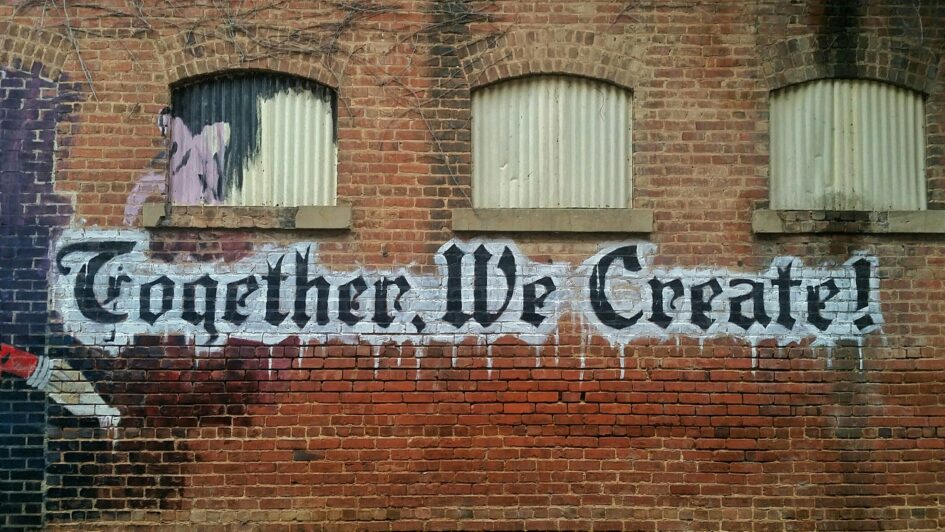Photo by “My Life Through A Lens” on Unsplash
Inclusive Classrooms
To me, inclusion means all people with different abilities, backgrounds, skills, interests, ideas, and characteristics feeling valued in a group. I believe this is especially important in education, and I understand the benefits that come from feeling like you can succeed and contribute to the success of the classroom. According to Kefallinou et al., “educationally, inclusion benefits all learners as it focuses on responding to diverse learner needs. Socially, it can ultimately promote a more fair society” (2020). My pedagogy is shaped by the understanding of these social and educational benefits and I am intentional with my content, content delivery, classroom setup and atmosphere, and many other aspects impacting inclusion. My main goal is to make sure every student feels seen and that their gifts have value. However, inclusion can feel overwhelming, and I would agree with Shelley Moore that there is sometimes a gap between ideation and application (2016). I used to plan around the “average learner,” adapting for individual students as needed. This took a lot of work, and over time, I realized that there is no “average learner.” Since then, I have fortunately been introduced to frameworks and practices I can use to support inclusion daily. For example, I have been using The Universal Design for Learning (UDL) because it offers guidelines for creating inclusive classrooms, accommodating not only “people with disabilities but also any student who may learn differently than others in the classroom” (Clement & Peter, 2020). UDL encourages me to anticipate learning diversity before I even known my students’ needs, embedding inclusion into the learning design from the beginning.

Inclusive PLNs
I believe PLNs can support inclusion by ensuring diverse abilities, backgrounds, skills, interests, ideas, and characteristics are present in the network. I believe when a network is composed of people who are all very similar, less learning will occur. Instead, I think its more likely that our existing knowledge become reinforced, instead of forming new understandings. In her interview with Miller, Moore asks, “what do these people have to offer me, in …. a symbiotic way, where I can teach them and they can teach me? … I was almost becoming too one-sided. I wasn’t learning from [different] perspectives” (2021). This understanding is reflected in my classroom. For example, I often ask students what would happen if we had an entire world of Ms. Bs with similar knowledge and interests. Would we learn anything new or interesting? This always leads into my favourite quote: ‘Diversity is how we learn new things.’ When forming my PLN, I will live by this quote and make sure these voices are present.
References
Kefallinou, A., Symeonidou, S. & Meijer, C.J.W. (2020, September 20). Understanding the value of inclusive education and its implementation: A review of the literature. Prospects, 49, 135–152. https://doi.org/10.1007/s11125-020-09500-2
Miller (2021, May 30). EDCI 338 – 20 Minutes Moore. [Video]. YouTube. https://www.youtube.com/watch?v=KeSV0rUl1bA
Moore, S. (2016). One Without the Other: Stories of Unity Through Diversity and Inclusion. Retrieved from https://ebookcentral.proquest.com/lib/uvic/reader.action?docID=4832579&ppg=11&c=RVBVQg
My Life Through a Lens (2016, July 13). white and black Together We Create graffiti wall decor [Photograph]. Unsplash. https://unsplash.com/photos/white-and-black-together-we-create-graffiti-wall-decor-bq31L0jQAjU?utm_content=creditCopyText&utm_medium=referral&utm_source=unsplash
Peter, S. & Clement, K. (2020). One Step at a Time: A Case Study of Incorporating Universal Design for Learning in Library Instruction. Scholarship of Teaching and Learning, Innovative Pedagogy, 2(3), 28-38. https://digitalcommons.humboldt.edu/cgi/viewcontent.cgi?article=1024&context=sotl_ip

Leave a Reply
You must be logged in to post a comment.